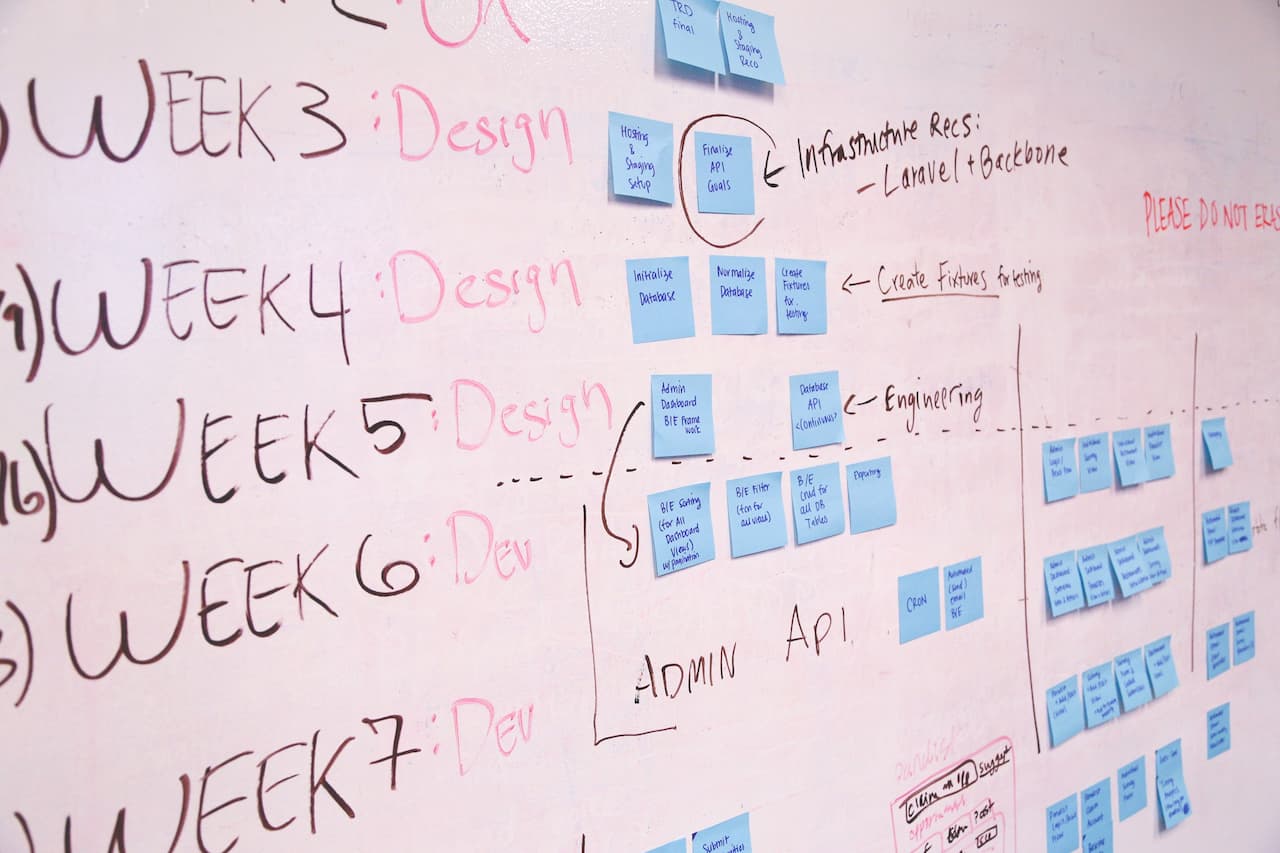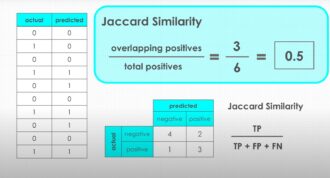
How Long Does It Take to Make a Mobile App?
In recent years, the use of technology has provided businesses with an unprecedented level of connectivity to their customers. Mobile apps have become an essential tool for direct marketing, boosting profits and giving companies a competitive advantage.
By 2022, it is projected that people will be spending an astonishing 66 million years on apps each quarter. Furthermore, consumer spending is predicted to reach a new all-time high of $160 billion. This data demonstrates that a mobile app is an extremely valuable business asset. Now, how long will it take to develop an app?
To begin, it is essential to recognize the different stages of mobile app development.
Main stages of app development
At Orangesoft, the mobile development process is carried out via Agile methodology and involves six distinct stages. This encompasses researching, planning, creating a prototype, designing, developing the application, and testing the product before its official release, all of which can be conducted in parallel sprints.
Shape the idea and do proper research
Beginning with a concept, the journey to create a successful mobile application is an exciting one. After a thorough investigation and examination, it is crucial to develop a comprehensive plan to bring the idea to life. This plan, also known as a brief, will serve as a guide for the development team to direct the process.
In order to create a successful mobile application that meets the vision of the initial concept, it is necessary to take the necessary steps. These steps include conducting market analysis to examine market dynamics, saturation, and current trends; researching competitors and evaluating their offerings; identifying the core features often found in similar mobile solutions; analyzing the target audience and creating a user persona for the hypothetical person who best represents them; creating a customer journey map to illustrate the stages the customer goes through when engaging with the company; and establishing a value proposition that promises to offer value to the user. A mobile app brief is essential to the development process, as it provides an overview of the core concept, target audience, and platforms to be used, as well as other prerequisites for development. The more detailed the brief is, the more accurate the software requirements and scope of the project will be.
The length of this stage is 1 to 2 weeks on average .

Make a detailed plan
After completing the initial briefing, our team recommends developing a comprehensive product strategy for your mobile application. This strategy will include the high-level objectives, user personas, platform selection, monetization strategies, success metrics, and other important components required to ensure your app’s success. We guarantee that all the necessary elements will be included in the product strategy to give your application the optimal chance of success.
This stage usually takes over a period of 2 weeks.
There are three main project-related documents:
1. Technical design document — which outlines each aspect of the mobile app design, including system architecture, business logic, interfaces, and others.
2. Product roadmap — a plan of action with short- and long-term goals tied to specific timelines and costs.
3. Technical requirements document — which translates product requirements into technical requirements.
Prototype and validate the prototype
Creating a fantastic idea is not simple and there is no guarantee that everyone will believe that it is extraordinary. To guarantee a viable outcome, validate your product against realistic expectations. You can do this without even constructing a mobile app by engaging in conversations and surveys, checking app processes, and evaluating competitors.
It typically needs around one week to validate your app concept. Your user personas and marketing strategy are modified, and developers are given advice for the app development process. Rapid prototyping is another method to validate product vision. It is a clickable mock-up that looks like a real app and illustrates design flow and function. It does not contain code or full features but allows feedback from real users. Prototyping is a product of design sprints and requires your UX/UI team one week to create and another week to validate.
The length of this stage is 2 weeks on average.
Design
UI/UX designers thoroughly evaluate a well-constructed app prototype, trace user flows, and compose meticulous design plans. Your design team also puts together a style guide to make available design principles for your product’s user interface. It encompasses visual components such as typography, colors, and other materials, all in line with your brand identity. The design process may take 2-3 months , yet changes in trends, technology, and requirements may cause a postponement.
Start the development process
The process of creating an app can be lengthy and often requires 4 to 6 months to establish the front-end and back-end. Before the programming process begins, it is essential to decide on the technical architecture, technology stack, and development milestones. The length of the development process and the technology chosen are contingent upon the complexity of the product. It is faster to create one app for the Android or iPhone (iOS) platform than it is to develop two distinct native apps. Furthermore, it is important to have a quality assurance team to check the features, code changes, and updates. This team acts as the first users, ensuring the app’s quality and performance meet the appropriate standards.
Launch your app
The ultimate objective of the mobile app development cycle is to publish the application on the appropriate app stores. Before the application is released, a beta version of the product is usually distributed to gain insight from users and to make any essential adjustments. Submission of the app to the app stores for approval can take up to a month, and the Apple App Store and the Google Play Store both have distinct reviewing processes and regulations. Developing marketing material, creating a website, and promoting the release with advertising are all vital measures that need to be taken before the launch.
Take a quick flight from an app idea to an app delivery
If you’re looking to reduce the time it takes to build a mobile app, we can help! Typically, app development takes 7 to 12 months, but with the right strategy, you can get to market faster without compromising on quality. Our experienced team takes advantage of Agile practices, clear specifications, and shared tasks, which all contribute to successful cooperation and reduce Android or iPhone app development timeline. We also specialize in launching MVPs, so if you want to get your app to users quickly, please reach out, and our team will be happy to assist.


Average Rating